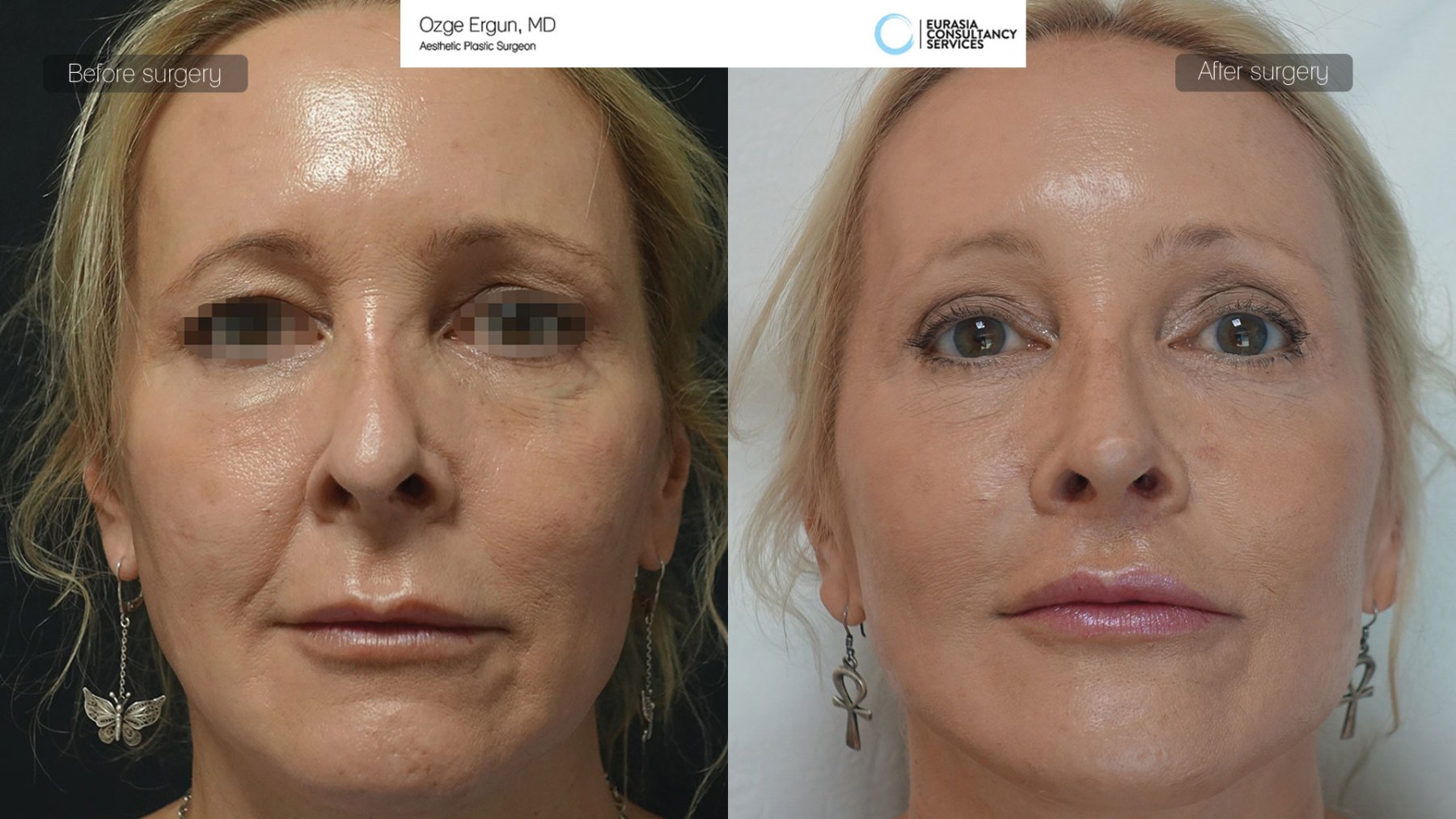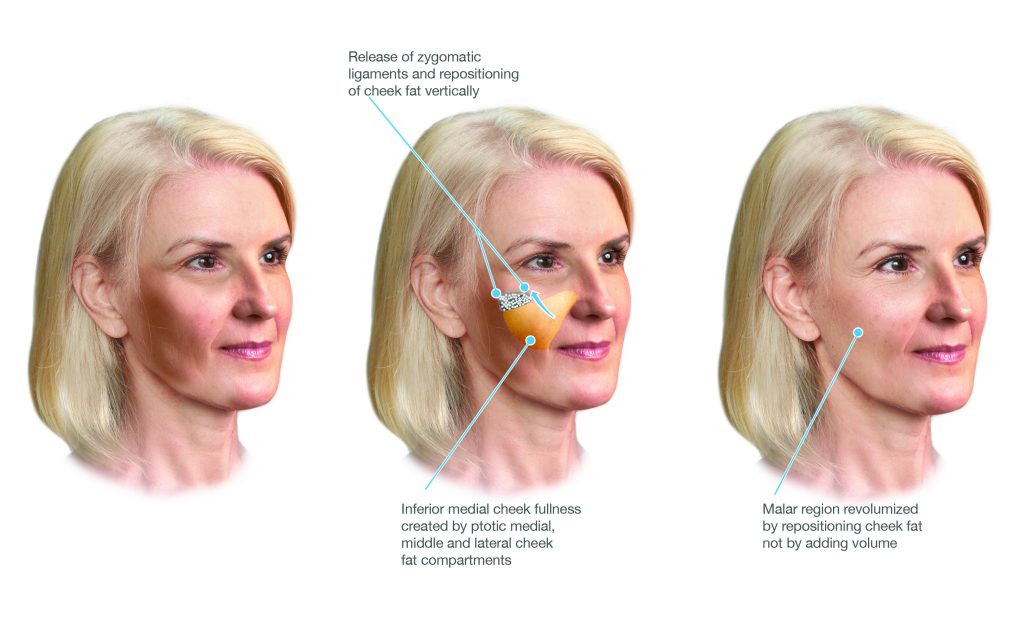
Do you have empty-nasal syndrome? If so, read this article for some useful information. Learn about the symptoms, causes and treatment options. You can also learn about the possible causes and preventive measures. It's never too early to seek assistance. These are the symptoms of empty nasal syndrome
Symptoms
Empty Nose Syndrome is a condition that causes a disruption in airflow and resistance in their noses. This condition can affect the nasal mucosa which allows natural nasal breath. It can also impact the respiratory system and general well-being. The cause of empty nose syndrome is unknown. However, doctors can treat it by treating the underlying condition.
Nonsurgical treatment is focused on maintaining the mucosa of your nose and keeping it clear of irritation. Surgery is used to improve nasal airflow and relieve symptoms permanently. Modern implant technology makes it possible to reconstruct the missing Turbinates. Sometimes, a series or more of operations is required for a surgical intervention. These are reserved for more serious cases. Revisions may be required if nonsurgical treatments fail. Doctors may recommend surgery to improve nasal flow if the condition is severe.

Causes
The condition of an empty nose is very unpleasant. These patients complain of a wide-open nose and feeling of nasal obstruction. The doctors recommend that the nose is open but this is not always true. The appearance of the nose is dry. Also, the inferior and superior turbinates are often small or absent. These could all be causes of empty nose syndrome. While this is not a disease in itself, it can lead to other health problems, including depression and decreased social interaction.
There are many treatments for this condition, including surgery. Most common is an over-resection in the turbinates. These structures control temperature and humidity. They filter the air and transport it to the lungs. Radial turbinate reconstruction was used to treat allergic rhinitis and improve nasal breathing many years back. But, it can also cause empty nose syndrome.
Options for treatment
A person with empty nose syndrome feels like there is no air in the nasal passages. This can be very distressing and interfere with your daily activities. New research suggests that this disorder may be caused by changes in temperature and pressure. Doctors don't know why. It's important to seek medical care as soon as possible if you experience symptoms of this syndrome.
There are several options available to treat empty nose syndrome. These include nasal airflow correction or turbinate reduction surgery. Both septoplasty and turbinate reduction can be used to correct the septum. These treatments may help improve breathing and reduce sleep apnea. There are many treatment options available for empty nose syndrome, including laser therapy and cryosurgery. Although surgery is the most effective treatment for ENS symptoms it can also prove to be quite invasive.

Prevention
Treatment for ENS varies, depending on the severity of the disease. There are many options for topical therapies, most of which aim to moisturize the nose. Unfortunately, many of these topical treatments can be harmful and have little benefit. Repeated saline nasal irrigation can cause the body to lose host defense peptides. These peptides regulate the activity of the commensal bacteria. This can affect the nose's ability to protect the mucosa against harmful bacteria.
The first step to treating Empty nose syndrome is a thorough diagnosis. Sometimes surgery is required. The underlying problem may also need to be addressed using multiple methods. To reduce inflammation and alleviate symptoms, a diet change should be made to include hot and liquid foods. Sometimes, medications may be prescribed. In certain cases, treatment may be required to improve the cervical spine stability. If the root cause of Empty nose syndrome is not addressed, treatment may be limited to the immediate.